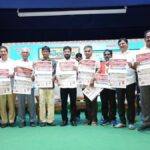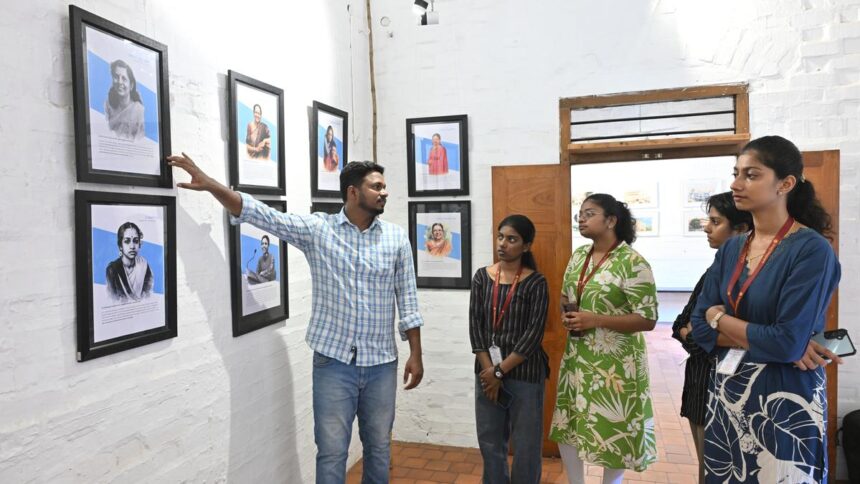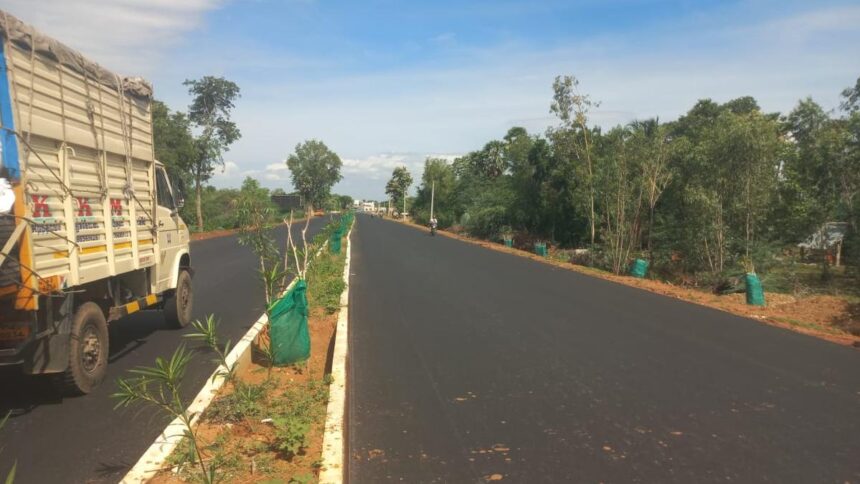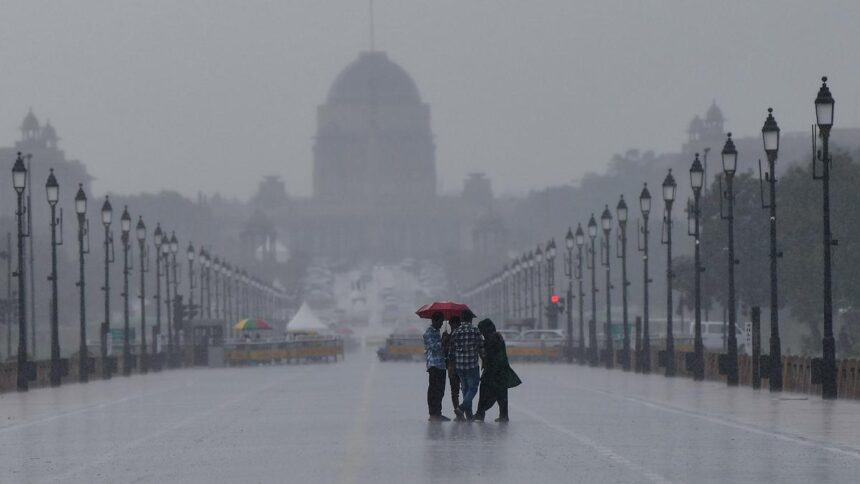
Fisherwomen participate in a training programme on seaweed farming at Karukkalacherry in Karaikal.
| Photo Credit: Special Arrangement
The Puducherry government, in collaboration with the Central Marine Fisheries Institute (CMFRI)-ICAR, Mandapam, has embarked on a mission of setting up the Union Territory’s first pilot project on seaweed farming.
Seaweed, a marine plant with multifarious uses, has been cultivated in two locations in Karaikal, an enclave of the UT, while two other locations have been readied in Puducherry.
Scientists attached to the Central Marine Fisheries Research Institute (CMFRI)-ICAR, Mandapam, has identified 23 potential sites for seaweed cultivation in Puducherry and Karaikal. The project is being implemented at a cost of ₹50 lakh.
Of them, cultivation of seaweed at four sites — Pudukuppam and Pannithittu in Puducherry and Karukkalacherry and Pattinachery in Karaikal — have been taken up on a pilot basis, with the first harvest planned by October this year.
The Central government has been encouraging coastal States to take up seaweed farming. The Pradhan Mantri Matsya Sampada Yojana (PMMSY) places thrust on it as a means of job creation.
According to Secretary to Fisheries, D. Manikandan: “As per the agreement, 8 High-density Polyethylene (HDPE) seaweed rafts integrated with one sea cage measuring 6-metre in diameter have been deployed at Karukkalacherry and Pattinachery for seaweed farming, while eight more rafts will be deployed in Pudukuppam and Pannithittu in a few days. The initiative aims to enhance livelihood opportunities for coastal communities, promote sustainable mariculture practices, and strengthen the country’s blue economy.”
Mr. Manikandan said that seaweed cultivation would be taken up with the bamboo raft and tube-net technique. The most cultivated seaweed is Kappaphycus alvarezii. “The tube-net technique is considered well-suited for Puducherry. When combined with open sea cage farming, as in integrated multi-trophic aquaculture aquaculture systems, seaweed grows at a faster rate. This approach offers significant socio-economic advantages, as it integrates resources for maximum utilisation, benefiting local fisherfolk. The livelihood support for the fisherwomen would be ensured as the project offers additional means of income generation. As many as four harvests have been planned,” he said.
CMFRI has already provided training to the beneficiaries on the technique; orientation on sea cage farming; preparation of HDPE cages; net exchange and cleaning; feed; disease management; harvest and overall maintenance. The selected seaweed variety would be cultivated a few meters from the coast.
According to an official of CMFRI, seaweed is globally seen as an important source of nutrients and as a carbon sequester. Hence, its growth and uses are important for mitigating environment degradation and balancing marine ecosystem.
Published – August 01, 2025 04:40 pm IST




















